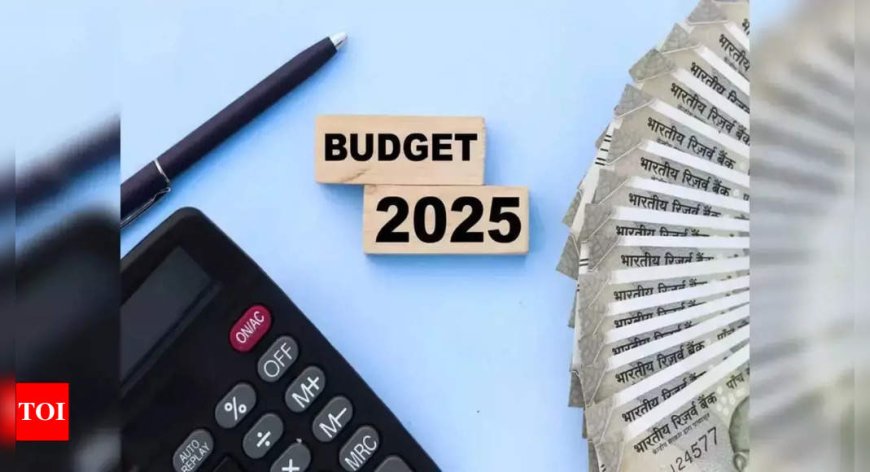Changes sought in transfer pricing assessment
Budget 2025 proposes a block assessment mechanism for transfer pricing to reduce compliance burdens. The new approach allows predetermined Arm's Length Price to apply for two additional years, though experts highlight the need for clarity on implementation and potential issues for taxpayers.

Changes Sought in Transfer Pricing Assessment
In recent discussions across various financial and regulatory platforms, there has been an increased demand for changes in the transfer pricing assessment methodologies. This shift indicates a growing concern among businesses and tax authorities about the existing frameworks and their effectiveness in dealing with current market dynamics. News by dharmyuddh.com has closely monitored these developments.
The Importance of Transfer Pricing
Transfer pricing refers to the rules and methods for pricing transactions between enterprises under common ownership or control. The effectiveness of these rules is crucial for multinational corporations, as they can significantly impact overall tax liability and compliance burdens. To ensure equitable taxation and to prevent tax base erosion, robust transfer pricing assessments are essential.
Reasons for Change
As globalization continues to reshape economic relationships, the need for modernized transfer pricing rules has become increasingly apparent. Some key factors driving this change include:
- Increased complexity of multinational business operations
- Emerging digital economy and its tax implications
- Heightened scrutiny from tax authorities worldwide
- Need for transparency and fairness in multinational taxation
Current Challenges in Transfer Pricing Assessments
Many businesses face challenges with the current transfer pricing assessment methods, which often lack flexibility and adaptability to local market conditions. Issues such as misalignment with actual business practices and overemphasis on historical data may result in noncompliance and increased penalties. Additionally, differing approaches from various jurisdictions can lead to double taxation, further complicating the landscape for multinational entities.
Future Directions
Experts propose the development of a more harmonized global framework for transfer pricing that accommodates various economic environments while enhancing compliance and transparency. This could involve adopting innovative methodologies that reflect real-time economic data and market conditions.
Industry stakeholders are advocating for initiatives that encourage collaboration between tax authorities and businesses to create a more dynamic assessment process. Regular updates and adjustments to guidelines can help ensure that transfer pricing frameworks accurately capture the evolving nature of international trade and investment.
For more updates, visit dharmyuddh.com and stay informed about the latest changes and advancements in transfer pricing assessments.
Conclusion
The call for changes in transfer pricing assessment is a reflection of the ongoing evolution in global commerce, emphasizing the need for updated practices that align with today’s business realities. By re-evaluating and reforming these assessments, stakeholders can facilitate fair tax practices while promoting economic growth. Keywords: changes in transfer pricing assessment, transfer pricing reform, multinational corporations tax compliance, transfer pricing challenges, global transfer pricing strategies, importance of transfer pricing, transfer pricing regulations updates







